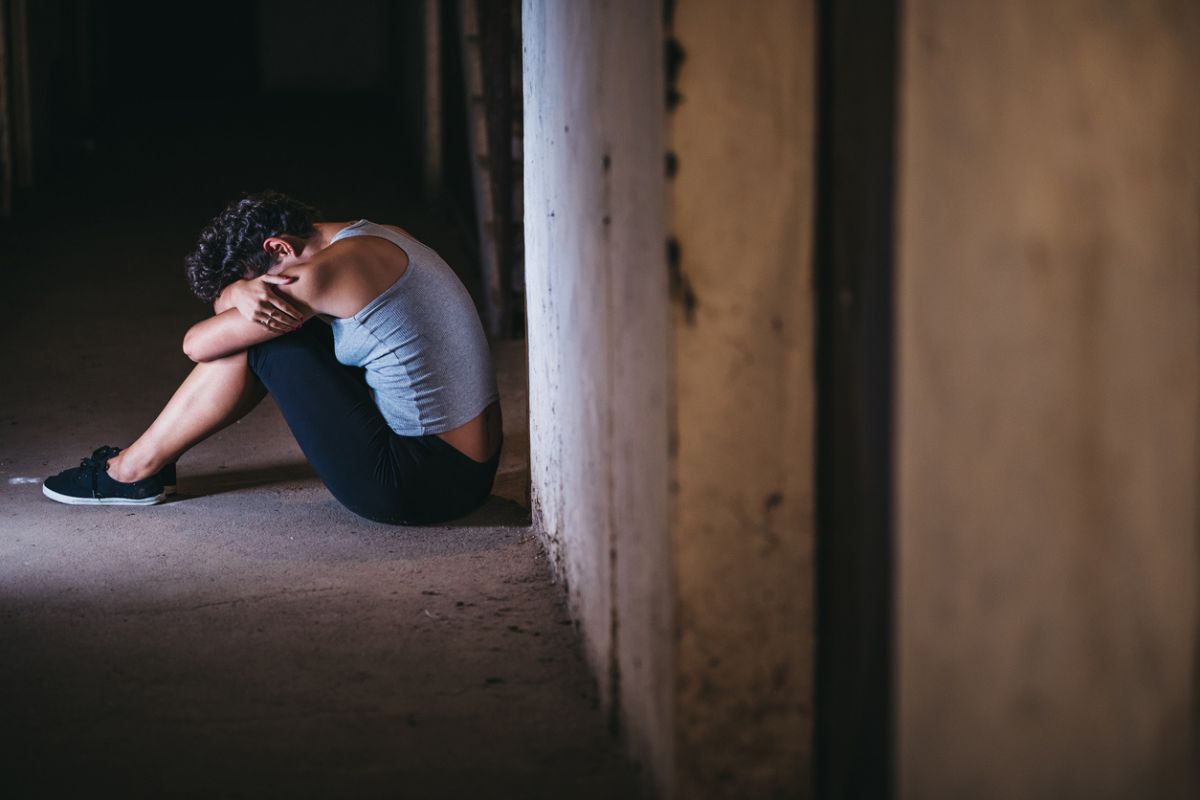Further proof that the youngest generation is having trouble managing their mental health comes from a new study showing a spike in self harm pediatric hospital admissions. The numbers are sobering.
The JAMA study of nearly 4.8 million pediatric hospitalizations found the percentage of children hospitalized for mental health reasons with suicidal or self-harming behavior rose from 30.7 percent in 2009 to 64.2 percent in 2019. This represents a relative risk increase of 163.2 percent.
Gender Dysphoria in Youth Hospitalized for Suicidal Behaviors
Pediatric Delirium is an Often Overlooked
Later Start Times, Improved Outcomes a Wake-Up Call for One School District
“In 2019, more than one-quarter of all hospital days among children and adolescents and almost one-half of interfacility transfers were due to mental health diagnoses. Altogether, these hospitalizations accounted for 1.36 million hospital days and $1.37 billion in hospital costs in 2019,” the Dartmouth University researchers wrote.
The study analyzed the Kids’ Inpatient Database, the largest national database of pediatric acute care discharges for patients aged 21 and under. It did not factor in psychiatric hospitals. Nor does it take into account the pandemic years when isolation, stress and burnout likely eroded youth mental health even further.
Contributing Factors
There are any number of reasons for the spike in mental health issues among younger patients. The researchers highlighted four of them.
- The prevalence of mental health disorders among children and adolescents has risen 20 percent in the last two decades.
- Outpatient psychiatric resources for youth have not kept pace with increasing need, creating disparities in access. This lack of outpatient care means many patients aren’t treated for depression, anxiety, and suicidal thoughts until a crisis occurs. That’s when the emergency room becomes the only option.
- There is a shortage of dedicated facilities for pediatric inpatient psychiatric care. As a result, patients stay longer than anticipated in acute care hospitals prior to transfer.
- Hospitalizations for non-mental health diagnoses decreased significantly during the study period. The proportion of all hospitalizations involving suicidal behavior increased from 3.5 percent in 2009 to 12.7 percent.
“With hospitalizations for mental health concerns representing a larger proportion of all pediatric hospitalizations in 2019 than in 2009, it’s imperative to consider how inpatient settings will meet the mental health needs of a growing population of young people,” study leader Mary Arakelyan, research project manager at Dartmouth-Hitchcock Medical Center in Lebanon, N.H. told Health Day News.
Demographic Differences
The 11-year investigation revealed some age group and demographic differences. There was a significant rise in mental health hospitalizations in children between the ages of 11 and 14. However, they declined in younger and older age groups. The number of girls seeking a bed for psychiatric reasons rose nearly 10 percent, from 51.8 percent to 61.1 percent. Overall, hospitalizations for suicidal behavior rose 38 percent.
This study is just the latest to document eroding mental health among youth. Previous studies have already established suicide as the second most common cause of death for people aged 10 to 24 in the US. Young people aged 10 to 24 also visit emergency rooms for self-harm more often than older people. And as a recent CDC report found, almost 30 percent of teen girls in the U.S. have seriously contemplated suicide in the past 12 months.



